Remembering Oliviero Toscani, fashion photographer and author of provocative Benetton campaigns
Best known for the controversial adverts he shot for the Italian fashion brand, former art director Oliviero Toscani has died, aged 82
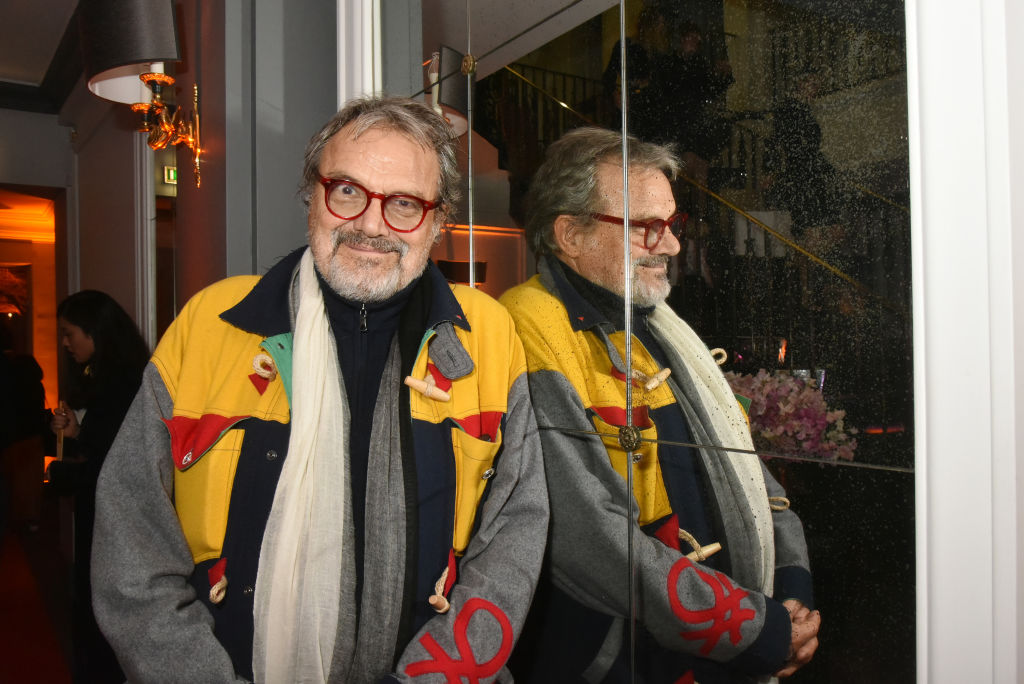
Oliviero Toscani, the photographer behind transgressive Benetton campaigns that drew attention to social issues such as Aids and racism during the 1980s and 1990s, died on Monday at the Cecina hospital in Tuscany. His wife, Kirsti, took to Instagram to announce her husband’s passing, writing: ‘It is with great sorrow that we announce the news that today, 13 January 2025, our beloved Oliviero has embarked on his next journey.’
Last year, the Milan-born photographer told Italian newspaper Corriere della Sera that he had amyloidosis, a rare condition that affects the body's vital organs and nerves.
During his career, Toscani worked for major magazines, photographing the likes of Andy Warhol, John Lennon and Federico Fellini, and is credited with helping launch the career of Monica Bellucci. But it was his tenure at Benetton, where he served as art director from 1982-2000, that propelled him to global notoriety.
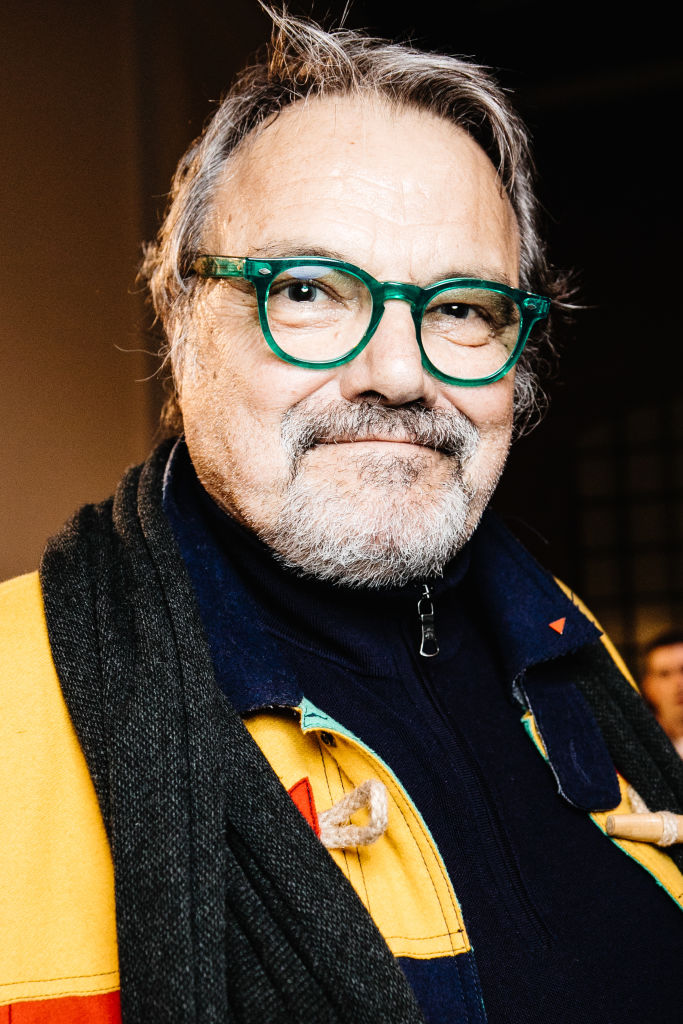
Toscani backstage ahead of the United Colours Of Benetton show at Milan Fashion Week AW 2019/20
Toscani’s use of models of different races and ethnicities – embodied in the moniker United Colours of Benetton – became the brand’s calling card. These campaigns blazed a trail for diversity, but the social themes of his work didn’t stop there. The adverts that Toscani produced for Benetton were often explicit and shocking, forcing conversations about war, the death penalty and homosexuality.
One featured a graphic photograph of three hearts labelled ‘black’, ‘white’ and ‘yellow’, alluding to the issue of racism in fashion. Another campaign, run at the height of the Aids crisis, pictured David Kirby, a man dying of the disease, which was boycotted by The Sunday Times and which magazines such as Elle, Vogue and Marie Claire refused to run. Another of Toscani’s adverts, featuring a priest and a nun kissing, was banned, while an image of a still-bloody newborn is said to be Benetton's most-censored
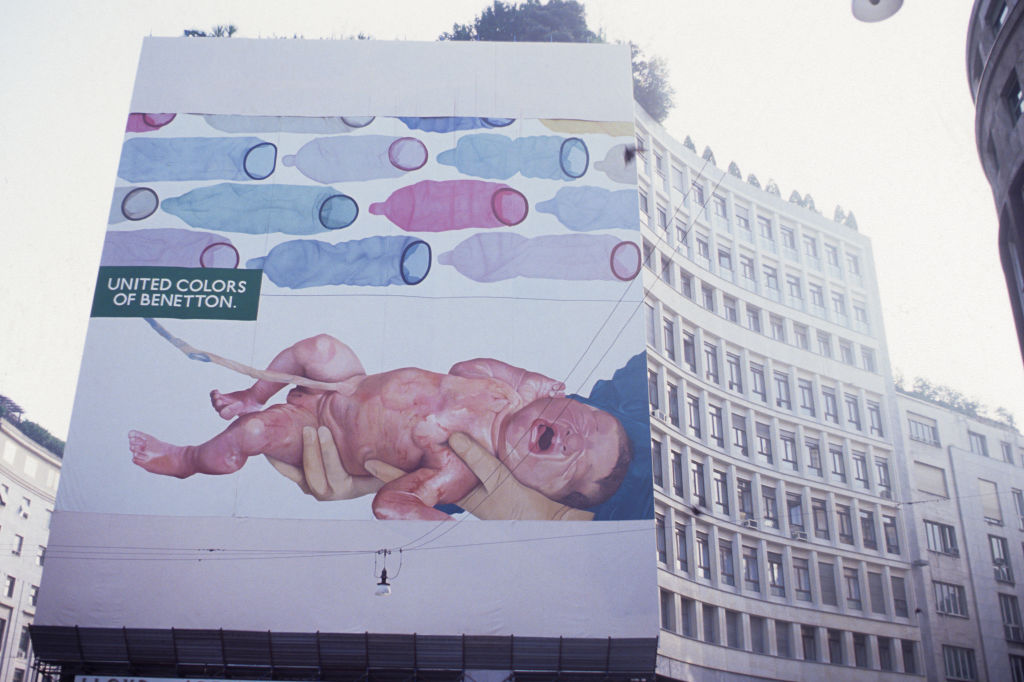
An Benetton campaign shot by Toscani
Also featured on Benetton billboards during Toscani’s art directorship: the blood-drenched clothes of a soldier killed in Bosnia, a Black woman breastfeeding a white child, and a black horse mounting a white one. His work was praised and reviled in equal measure, but never failed to push the needle.
After 18 years, Toscani parted ways with Benetton following a dispute over a campaign showing images of death row prisoners, captioned ‘sentenced to death’. In his newly independent capacity, he continued to stoke controversy. In 2007, he photographed an anti-anorexia campaign featuring French model Isabelle Caro, who sadly died of the disease three years later, for Italian label Nolita. The campaign, which ran during Milan Fashion Week, went viral online.
Wallpaper* Newsletter
Receive our daily digest of inspiration, escapism and design stories from around the world direct to your inbox.
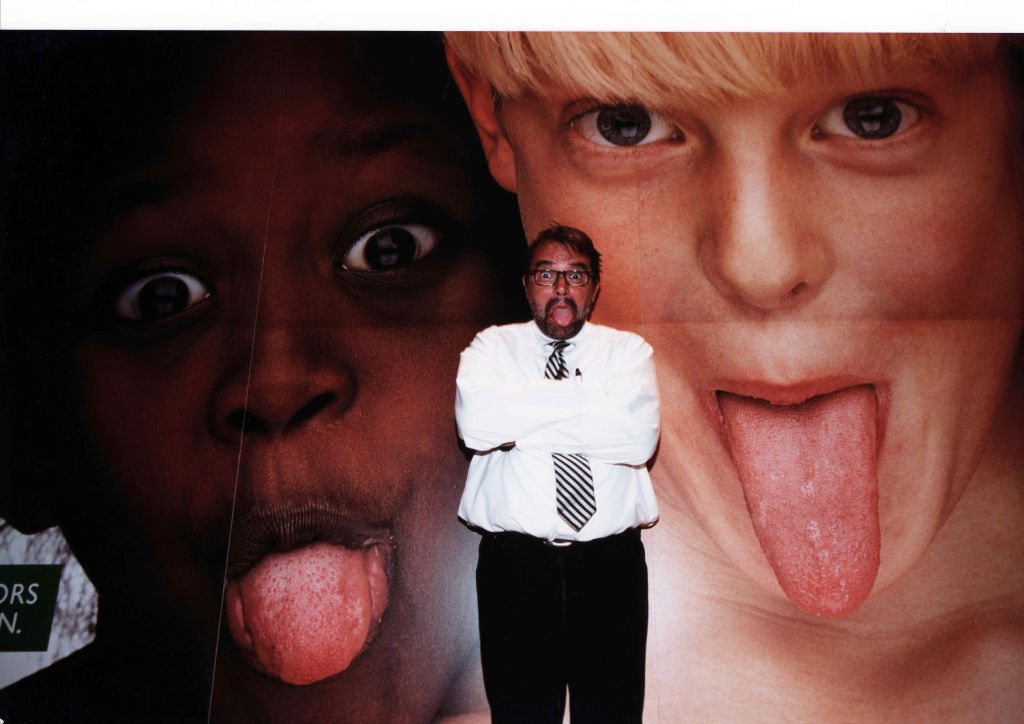
Toscani posing in front a Benetton campaign poster
In a 2016 interview, Toscani argued that companies have a responsibility to 'show [their] social intelligence and sensitivity to the society'. The concept of using social and political messaging in campaigns – radical at the time – has now become the cornerstone of many marketing strategies. Toscani, therefore, can and should be considered a true trailblazer.
This is reflected in the tributes of public figures and tastemakers in art and fashion: on Monday (13 January), Benetton released a statement saying, 'In order to explain certain things, words simply don’t suffice. You taught us that'. Giuseppe Sala, the mayor of Milan, said Toscani had left 'an indelible mark' on photography, while Italian parliamentarians paid tribute to a 'visionary and courageous talent'. British photographer Rankin, meanwhile, called Toscani 'a rockstar in the world of photography' with ideas that were like 'cultural grenades'.
Anna Solomon is Wallpaper*’s Digital Staff Writer, working across all of Wallpaper.com’s core pillars, with special interests in interiors and fashion. Before joining the team in 2025, she was Senior Editor at Luxury London Magazine and Luxurylondon.co.uk, where she wrote about all things lifestyle and interviewed tastemakers such as Jimmy Choo, Michael Kors, Priya Ahluwalia, Zandra Rhodes and Ellen von Unwerth.
-
 Extreme Cashmere reimagines retail with its new Amsterdam store: ‘You want to take your shoes off and stay’
Extreme Cashmere reimagines retail with its new Amsterdam store: ‘You want to take your shoes off and stay’Wallpaper* takes a tour of Extreme Cashmere’s new Amsterdam store, a space which reflects the label’s famed hospitality and unconventional approach to knitwear
By Jack Moss
-
 Titanium watches are strong, light and enduring: here are some of the best
Titanium watches are strong, light and enduring: here are some of the bestBrands including Bremont, Christopher Ward and Grand Seiko are exploring the possibilities of titanium watches
By Chris Hall
-
 Warp Records announces its first event in over a decade at the Barbican
Warp Records announces its first event in over a decade at the Barbican‘A Warp Happening,' landing 14 June, is guaranteed to be an epic day out
By Tianna Williams
-
 Remembering David Lynch (1946-2025), filmmaking master and creative dark horse
Remembering David Lynch (1946-2025), filmmaking master and creative dark horseDavid Lynch has died aged 78. Craig McLean pays tribute, recalling the cult filmmaker, his works, musings and myriad interests, from music-making to coffee entrepreneurship
By Craig McLean
-
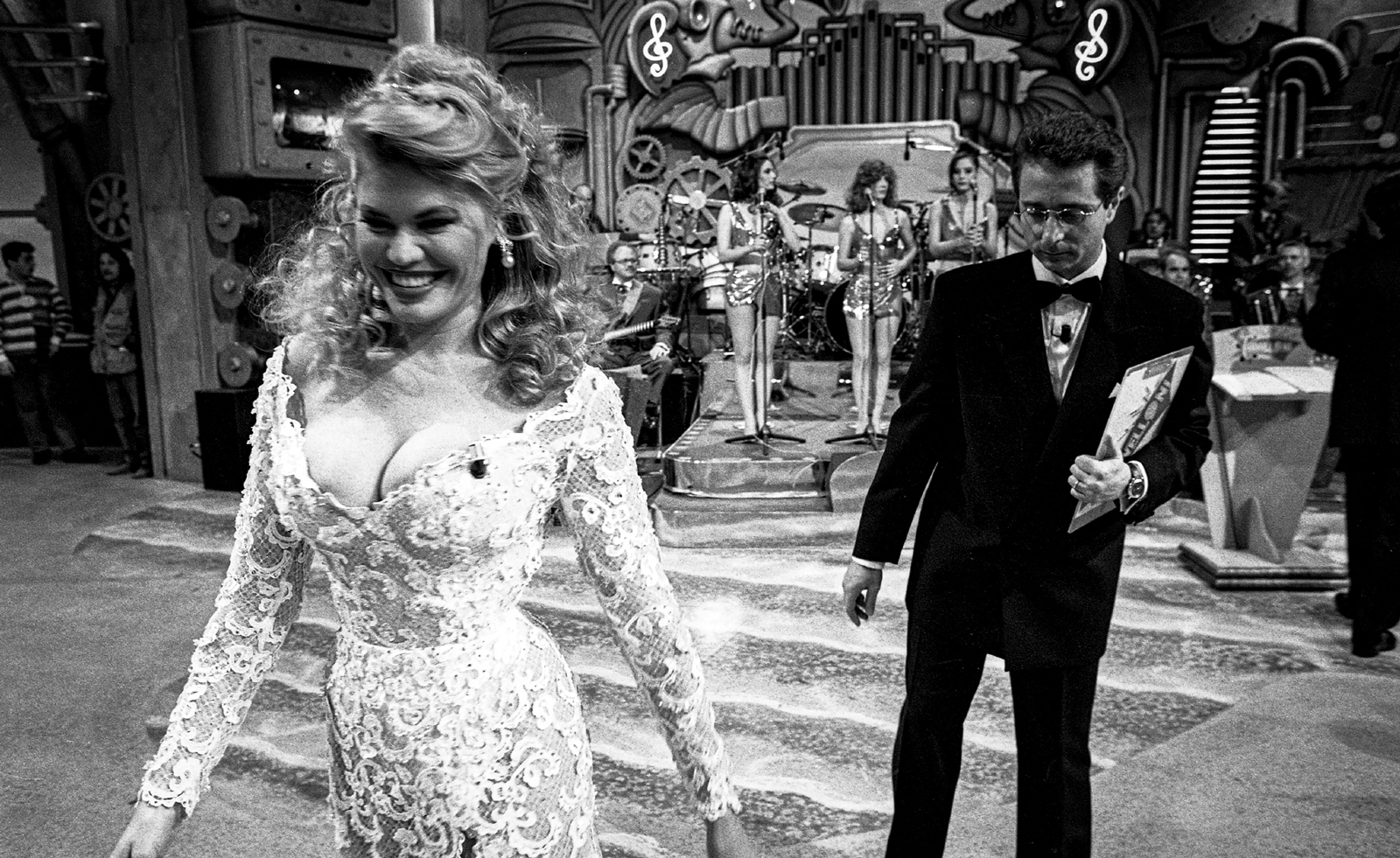 Distracting decadence: how Silvio Berlusconi’s legacy shaped Italian TV
Distracting decadence: how Silvio Berlusconi’s legacy shaped Italian TVStefano De Luigi's monograph Televisiva examines how Berlusconi’s empire reshaped Italian TV, and subsequently infiltrated the premiership
By Zoe Whitfield
-
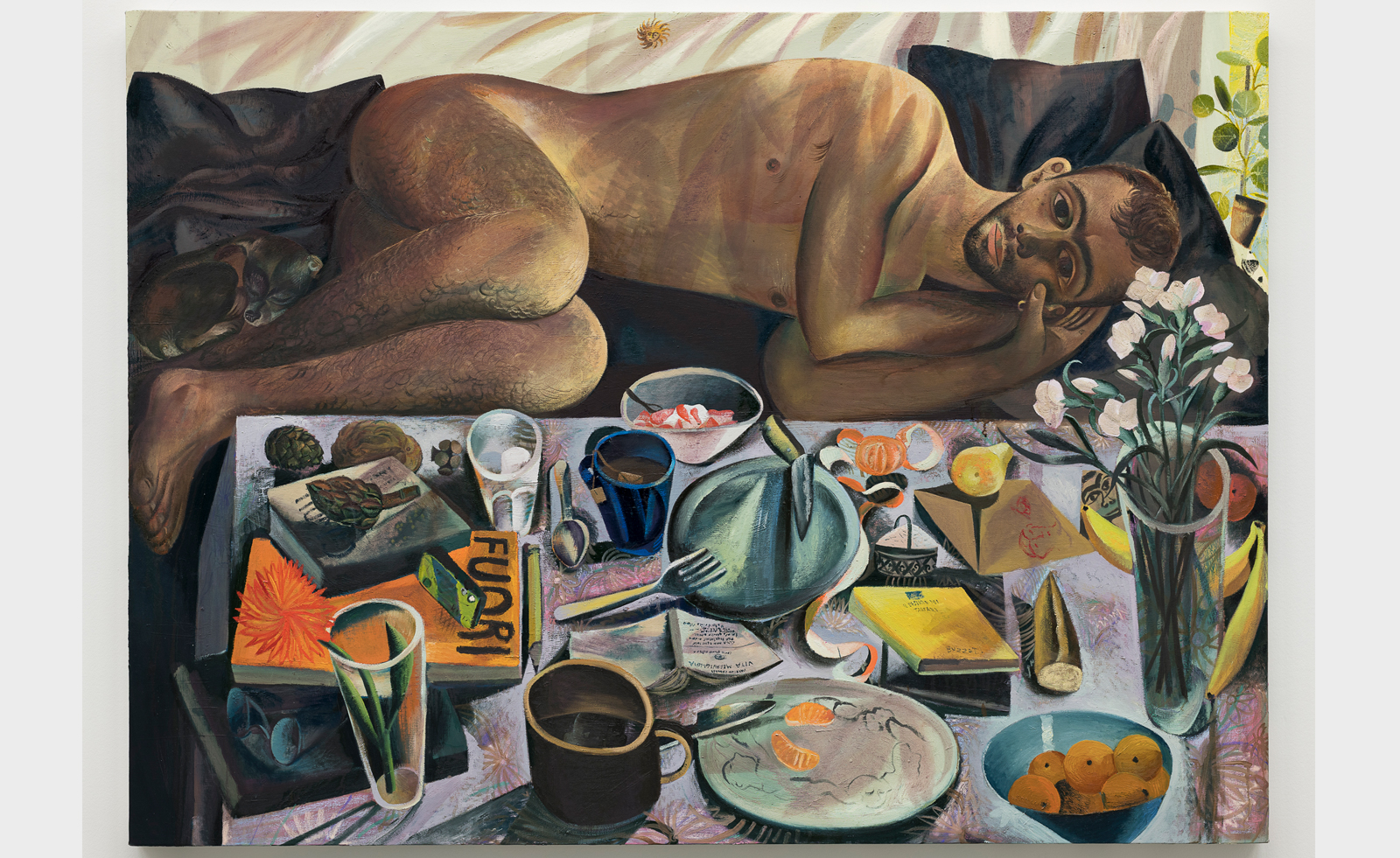 Louis Fratino leans into queer cultural history in Italy
Louis Fratino leans into queer cultural history in ItalyLouis Fratino’s 'Satura', on view at the Centro Pecci in Italy, engages with queer history, Italian landscapes and the body itself
By Sam Moore
-
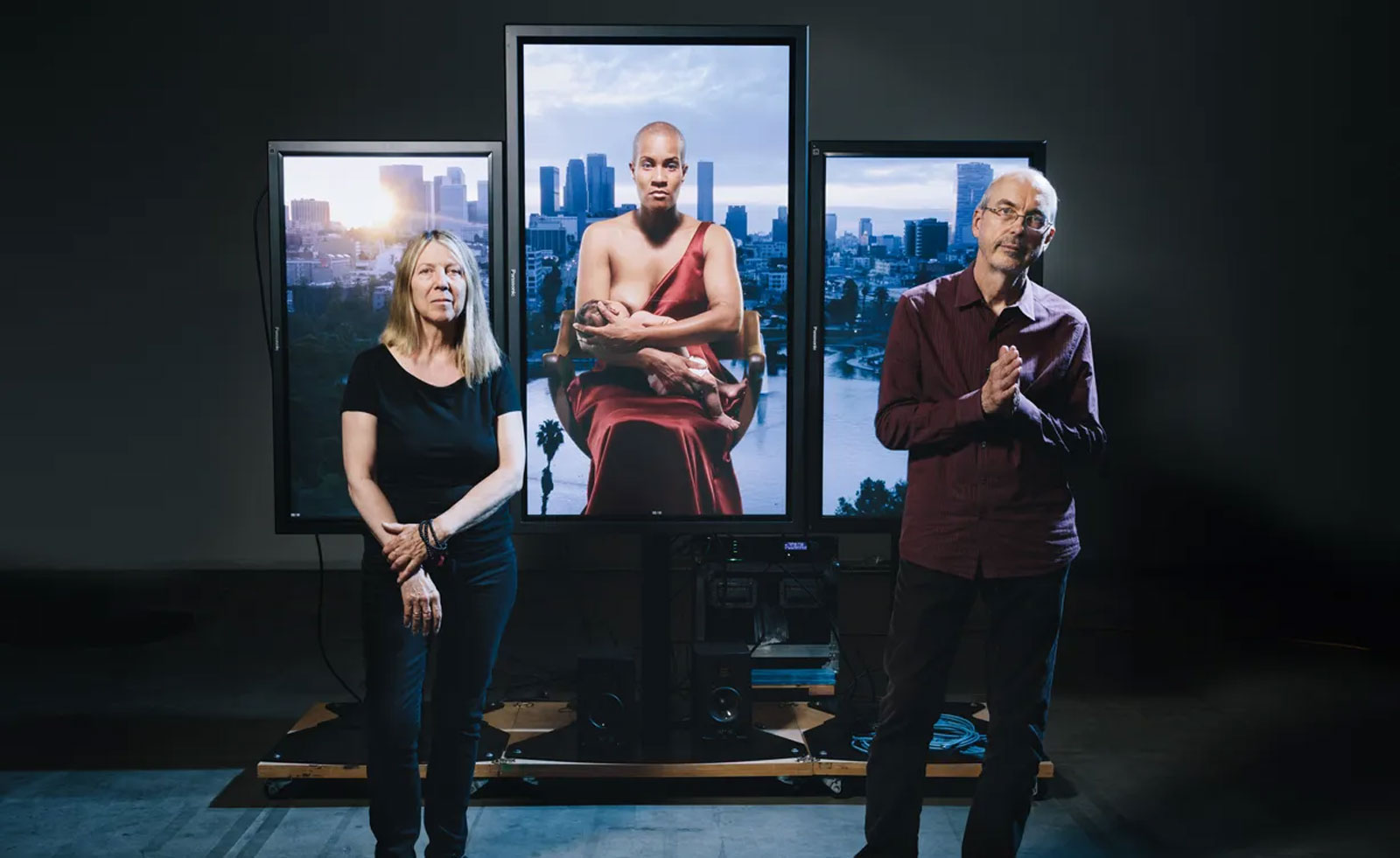 Remembering Bill Viola (1951-2024), the video artist asking the big questions
Remembering Bill Viola (1951-2024), the video artist asking the big questionsAmerican artist Bill Viola has died aged 73 in California
By Hannah Silver
-
 ‘I just don't like eggs!’: Andrea Fraser unpacks the art market
‘I just don't like eggs!’: Andrea Fraser unpacks the art marketArtist Andrea Fraser’s retrospective ‘I just don't like eggs!’ at Fondazione Antonio dalle Nogare, Italy, explores what really makes the art market tick
By Sofia Hallström
-
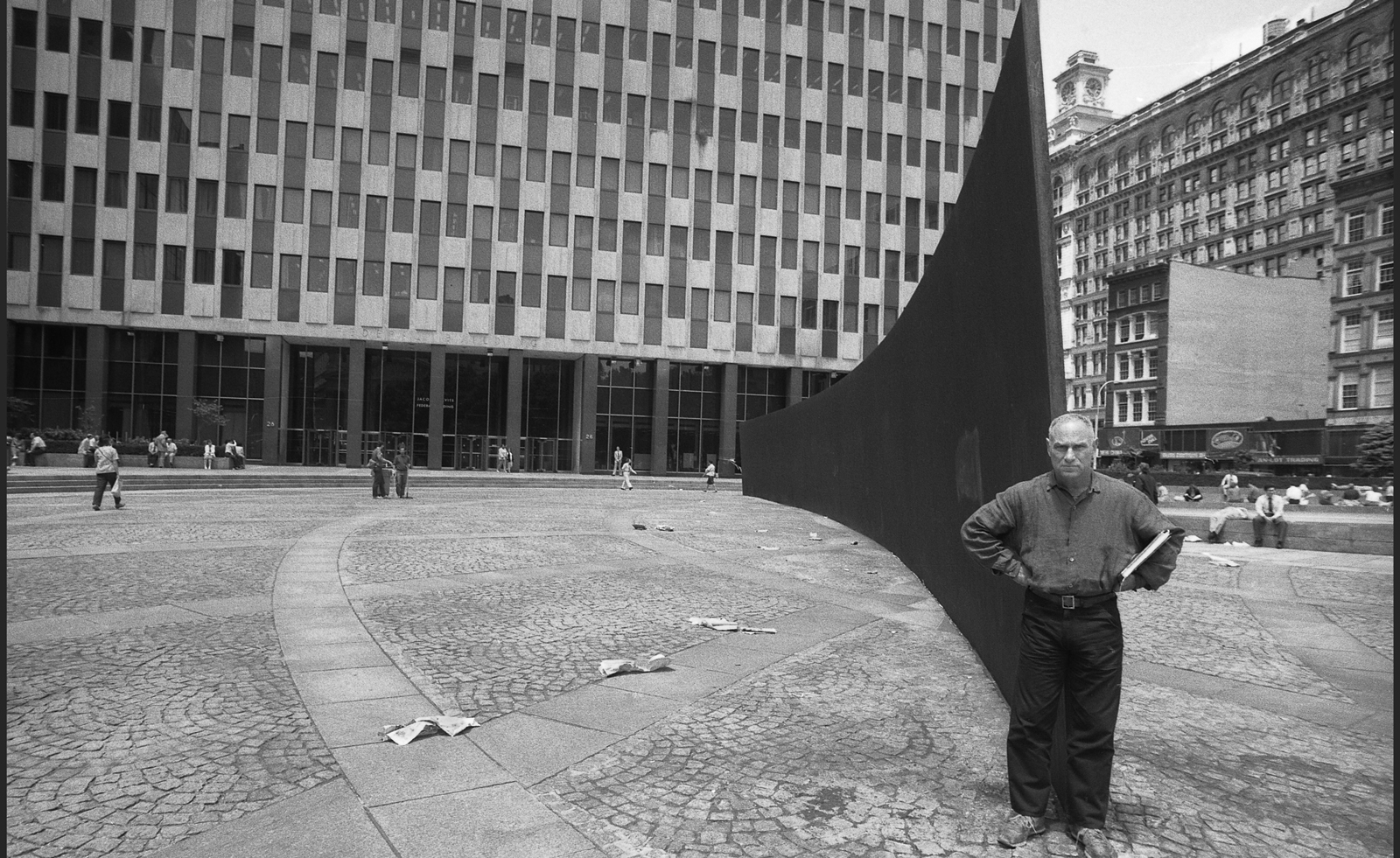 Remembering Richard Serra (1938-2024), American art’s man of steel
Remembering Richard Serra (1938-2024), American art’s man of steelAmerican artist Richard Serra, whose vast sculptures transformed landscapes around the world, has died aged 85
By Hannah Silver
-
 In memoriam: photographer Brian Griffin (1948 – 2024)
In memoriam: photographer Brian Griffin (1948 – 2024)Remembering British photographer Brian Griffin, we look back on his playful shoot for Wallpaper* May 2018
By Hannah Silver
-
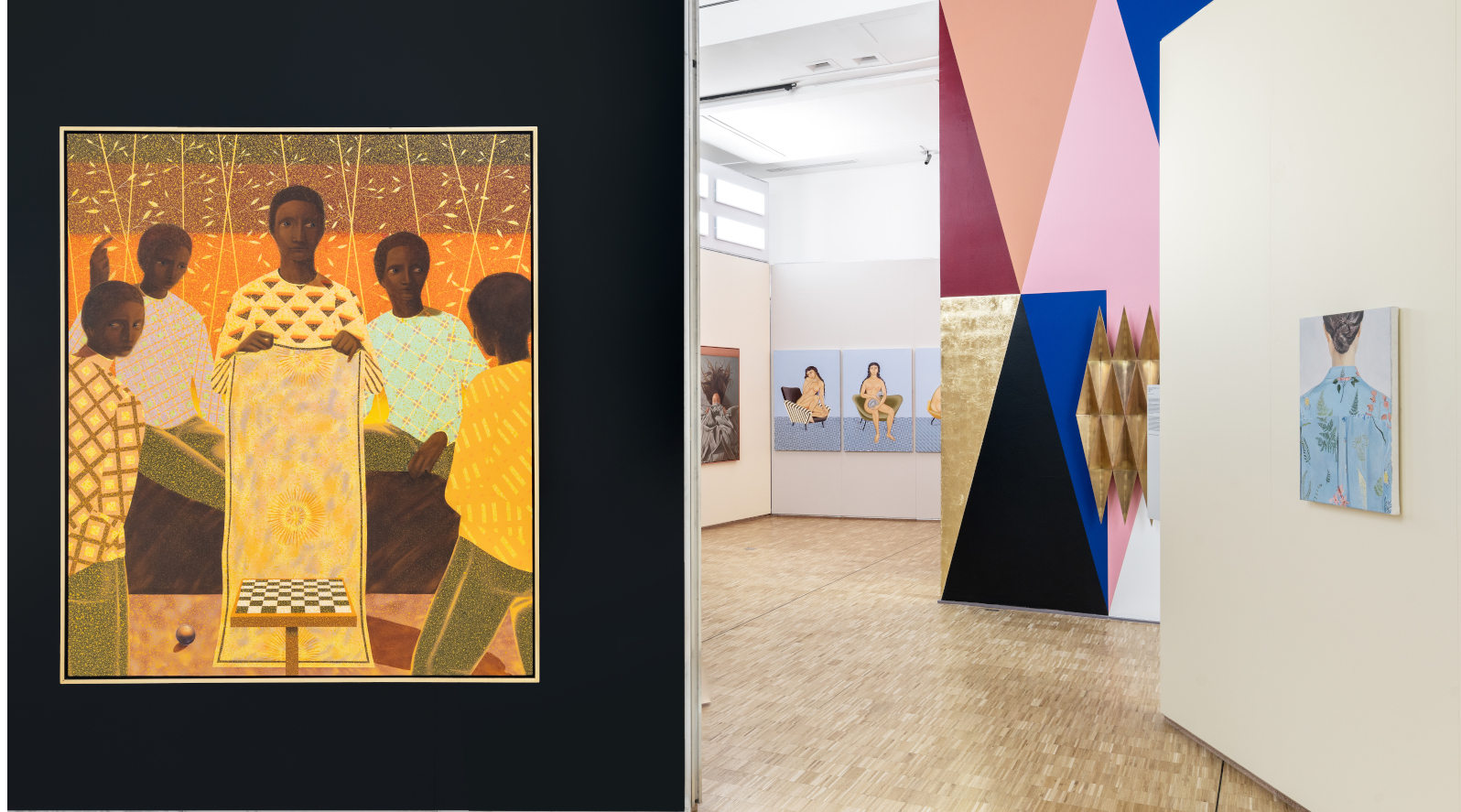 Triennale Milano exhibition spotlights contemporary Italian art
Triennale Milano exhibition spotlights contemporary Italian artThe latest Triennale Milano exhibition, ‘Italian Painting Today’, is a showcase of artworks from the last three years
By Tianna Williams